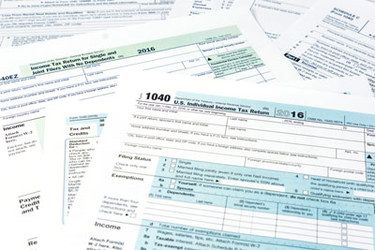A Guide to Filing Bankruptcy
When you realize that your current financial situation would best be served by declaring bankruptcy, the following response is “How?”. How do I file for bankruptcy? What is required? Do I need a lawyer? These questions and more will be answered as we explain the filing processes for chapter 7 and chapter 13 bankruptcy and how to get started.
DISCLAIMER: The following blog post is just advice, and you will be better served to call David S. Clark with your bankruptcy questions. This blog contains helpful tips and advice, but is not professional legal advice, and shouldn’t treated as such.
Need Bankruptcy Help? Call David S. Clark

FIRST STEP
Before you can file for bankruptcy, you legally must attend credit counseling with an approved credit counseling agency within 180 days before filing. A counseling session typically costs around fifty dollars, but if you are unable to pay the agency should be able to waive the fee. After completing the course, you will receive a certificate that must be submitted with the other required documents when you file.
WHAT IS CH. 7 AND DO I QUALIFY?
Chapter Seven bankruptcy relieves the debts of individuals, partnerships, or businesses through a process called liquidation. Liquidation is the use of eligible assets to pay off as much of the filers’ outstanding debt as possible and eliminating the remainder. You may lose some property, but there is an exemption form to complete for eligible assets that will not be used in liquidation. Important to know is that complete discharge of qualifying debts is only available to individuals. There are debts such as child support and fraudulently accrued debt that will not be eliminated.
DOCUMENTS
When filing for bankruptcy, you will complete a petition, statement of affairs, and schedules. The first step will be the petition which officially declares and outlines your case for bankruptcy. Your list of assets and liabilities will be included in the statement of affairs, and the schedules are forms that outline your financial status and includes a form to list permitted property for exemption. There is a lot of information that fills these documents. You’ll need to know:
- The names of all your creditors
- The amount and nature of their claims
- The total amount of income you take in, its source, and frequency
- A list of all of your property
- All your monthly living expenses in detail
After compiling and submitting all of the required information, you will wait on the court to notify you if your petition is approved or denied, and the bankruptcy procedures will continue from there.
DISCLAIMER: The above blog post is just advice, and you will be better served to call David S. Clark with your bankruptcy questions. This blog contains helpful tips and advice, but is not professional legal advice, and shouldn’t treated as such.
